2.3 The Start of Scientific Ocean Drilling
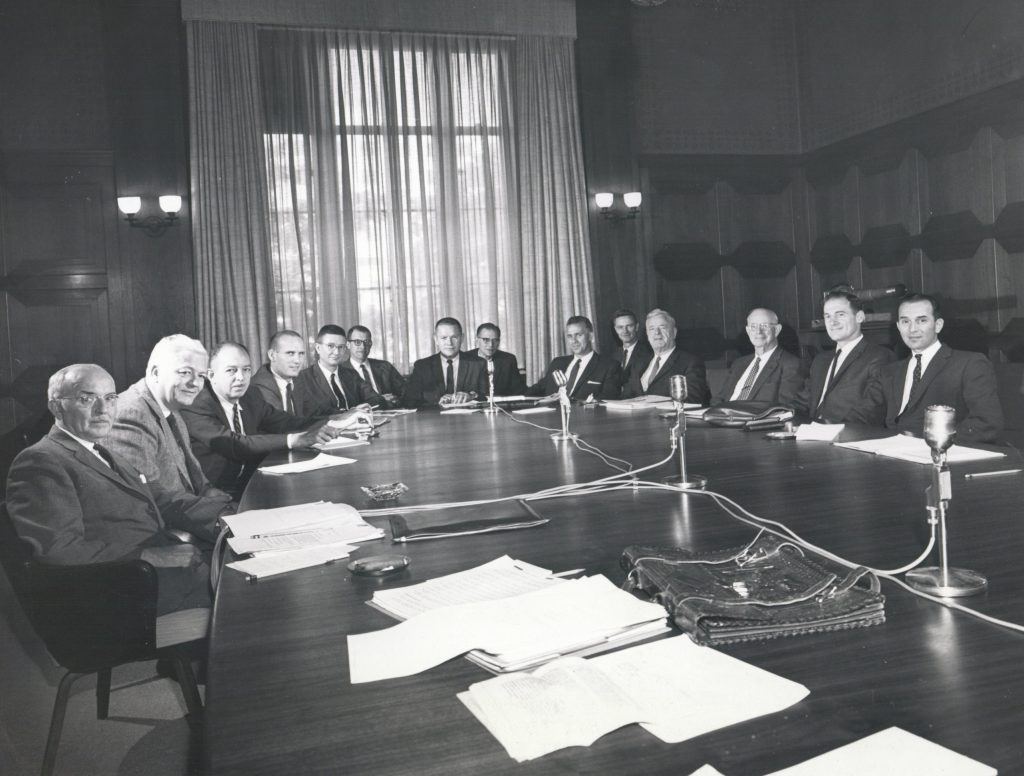
The National Science Foundation in 1957 convened some of the nation’s best geologists and challenged them with an intriguing question:
If cost were no object, what project would contribute the most to our knowledge of the Earth?
Harry Hess and Walter Munk, two members of that first-ever NSF panel on earth sciences, conjured an equally provocative answer. They suggested drilling right through the Earth’s crust and collecting a sample of the mantle below. They were not the first to see the value in plumbing the crust’s depths. W. Maurice Ewing, founder of the Lamont Geological Institute (now the Lamont-Doherty Earth Observatory) had pioneered marine geology studies with substantial federal funding and in 1953 had proposed a major undersea drilling effort.
From these seeds grew one of the boldest geological explorations in human history. Scientists and engineers drilled deeper than anyone had ever attempted. These pioneers, while practical in their approach, were true visionaries. They set the stage for groundbreaking discoveries that drove our understanding of everything from plate tectonics, and climate change to the impact of the asteroid that ended the Mesozoic Era.
This chapter explores the inception of scientific ocean drilling, spotlighting the key figures and events that shaped this venture.
Moho: The Crust-Mantle Boundary
The Moho is the boundary between the Earth’s crust and the mantle. It’s short for ‘Mohorovičić discontinuity,’ honoring the Croatian seismologist Andrija Mohorovičić. In 1909, he observed a sharp increase in seismic wave velocities at this depth. This sudden change indicated a transition in rock composition, with denser minerals found below the Moho.
Mohorovičić’s discovery was a significant breakthrough, revealing a distinct change in the Earth’s structure. His observations were later replicated globally, solidifying the existence of the Moho. The location of this boundary varies; it lies approximately 4 to 6 kilometers below the seafloor in oceans and about 30 to 40 kilometers beneath continental surfaces.
Yet the Moho remained a mystery, even decades after it was discovered. Once Hess and Munk set their sights on reaching it Project Mohole was born.
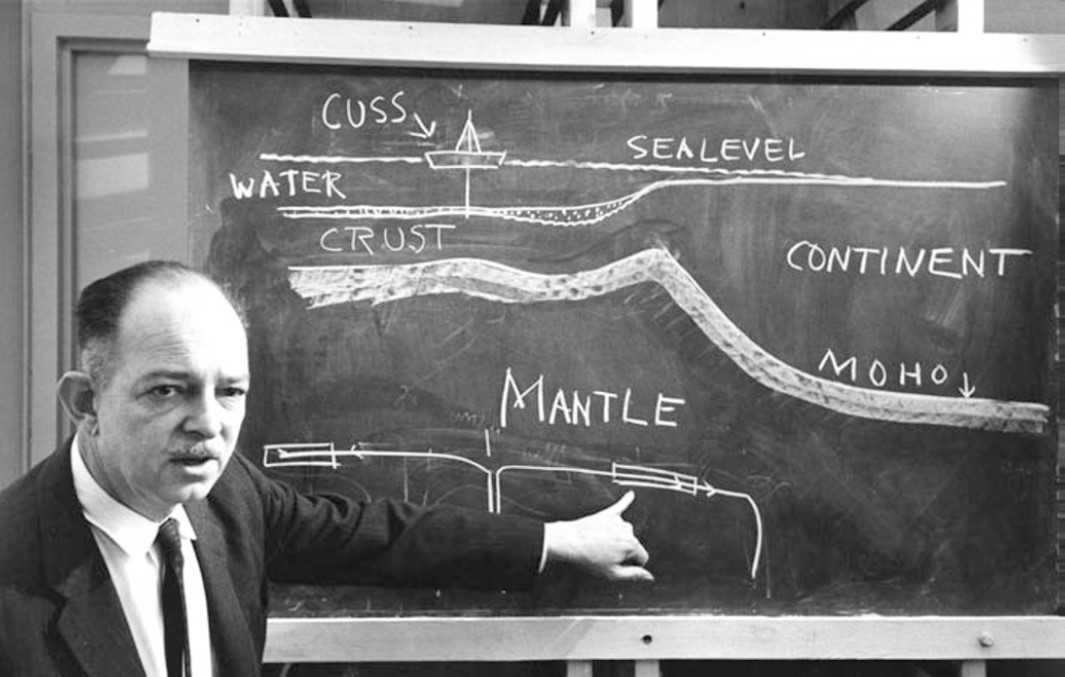
Project Mohole: How it all Began
Hess floated his and Munk’s ambitious drilling plan to Gordon Lill, a colleague at the Office of Naval Research and a fellow member of the American Miscellaneous Society (AMSOC), an informal and short-lived group known for its freewheeling discussions and eccentric members.
“One day, Dr. Harry Hess from Princeton University walked into the office and said, ‘AMSOC is going to drill a hole through the crust of the earth.’ We took exception to this right away and contended that we were doing no such fool thing.” –Gordon Lill
Lill’s response was a firm no. Undeterred, Hess and Munk presented their proposal to fellow AMSOC members, who embraced the idea enthusiastically. They agreed that drilling through the Earth’s crust to the mantle would be a monumental advance in earth sciences. Several factors drove their endorsement:
- The Moho intrigued them: The primary motivation was to explore this boundary and understand the composition and structure of the Earth’s mantle. By obtaining direct evidence, scientists could test and refine geological theories about the Moho and contribute to the emerging theory of plate tectonics.
- They would develop new tools: The project’s many challenges necessitated the development of new drilling technologies. This would not only make Project Mohole feasible but also open up new opportunities for scientific and industrial applications.
- They wondered what else they would find: Scientists are curious people and the American Miscellaneous Society members had particularly vivid imaginations.
SciOD Spotlight – The Story Behind the American Miscellaneous Society (AMSOC)
How AMSOC Got its Start
Gordon Lill of the Office of Naval Research and ONR colleague Dr. Carl Alexis started the American Miscellaneous Society in 1957.
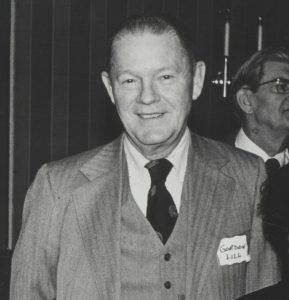
“We decided that what we were really doing in the Office of Naval Research was miscellaneous indeed. We dealt with all the earth sciences and all the problems of earth scientists including oceanographers, seismologists, geologists, and meteorologists. We thought we had a rather miscellaneous job so we founded the …Society to encompass people who do miscellaneous things. We began operations purely on an informal basis and were having lots of fun.,” Lill recalled.
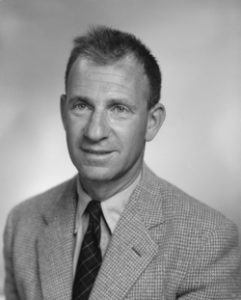
One member, geophysicist Walter Munk of the Scripps Institution of Oceanography, said this society “was unlike any other scientific organization, often engaging in speculative discussions and even sending each other a stuffed albatross as a playful acknowledgment of ‘significant accomplishments.’ ” “I am a proud Albatross Laureate” he added.
“Bizarre… but not crazy”
Harry Hess, chairman of the Earth Sciences Division of the National Academy of Sciences, asked the Academy’s governing board to take the deep-drilling committee under its wing. As he pointed out, the American Miscellaneous Society had neither officers, constitution, nor bylaws. It could be nimble, but it lacked the organization necessary to obtain and manage federal funding. The board accepted Hess’s proposal and in 1957 the American Miscellaneous Society’s deep-drilling committee became the AMSOC Committee of the National Academy of Sciences. A new frontier was about to open, prompting governing board member and Nobel laureate in physics, Isador Isaac Rabi, to quip:
‘Thank God we’re finally talking about something besides space.’
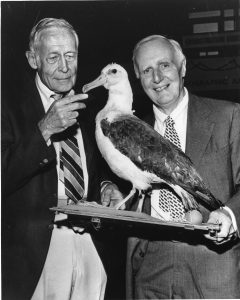
Is It Even Possible?
“The project sounded so simple and logical at a breakfast meeting on a sunny patio.”
-Willard Bascom, Technical Director, Project Mohole
As the idea of drilling to the Moho gained traction, the scientific community recognized the need for a detailed feasibility assessment. Leading experts in geology, oceanography and engineering formed a committee under the auspices of the National Academy of Sciences (NAS). Chairman Gordon Lill was crucial in evaluating the technical and logistical aspects of the project. Harry Hess’s expertise in geology was instrumental in determining the most promising drilling locations. Willard Bascom, a freelance mining engineer known for his practical ingenuity was appointed as the technical director.
In addition to these crucial figures, specialists from the oil and marine industries were brought in to lend their expertise, ensuring that the project was grounded in practical, achievable goals.
The First Hurdle: Money
The late 1950s and early 1960s were marked by a unique convergence of scientific, political, and popular support for ambitious projects. Scientific curiosity and community support created a favorable environment for funding Project Mohole. In particular were the following factors:
- Plate Tectonics: The scientific community was in the midst of a revolution. The theory of plate tectonics was hotly debated, and direct data from the Earth’s mantle could provide crucial evidence to support or refute various hypotheses.
- International Geophysical Year (IGY): The period of 1957-1958 was declared the International Geophysical Year, fostering unprecedented international collaboration to study the Earth. IGY set a precedent for large-scale, cooperative scientific endeavors, encouraging a similar spirit for Project Mohole.
- Political Support: The launch of Sputnik by the Soviet Union had intensified the space race, and early press reports hinted at Soviet efforts to reach the Moho. This spurred the U.S. to act swiftly to avoid falling behind. As Gordon Lill put it:
“We didn’t scream and shout, ‘The Russians are coming, the Russians are coming,’ but we let it be known that the Russians were doing a lot of work and that we probably ought to be doing it too.”
- Public Support: Public interest in scientific exploration was at an all-time high, driven by the national pursuit of space exploration. Our New Age, a newspaper comic strip from the 1950’s and 1960’s spread the word about plan to drill through the earth’s crust with one called “The Deepest Hole in the World.”
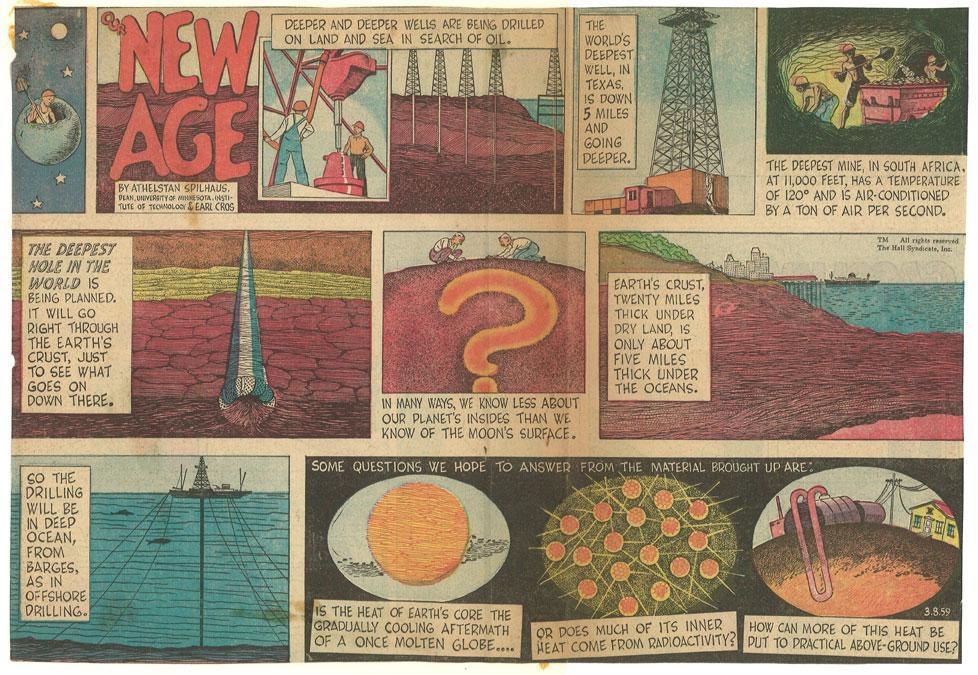
The Our New Age newspaper is a good example of how science communication can engage the public in new discoveries and research.
a) If you were asked to create content to introduce your own research project to the public, what type of content would you create for today’s audience? Consider that your aim is to build support and raise awareness.
b) Take a moment to look closely at the comic strip above.
-
-
What techniques does it use to capture your attention?
-
How much information does it share with the audience?
-
What information might have been left out to keep the message clear and engaging rather than overwhelming?
-
Overcoming Financial Challenges
Despite the enthusiasm, the financial aspect posed a significant challenge. However, technological advancements in drilling and offshore engineering made the project seem feasible. The project’s backers argued convincingly for its scientific and geopolitical importance, leading to broad support. Recognizing the potential benefits and driven by Cold War competition, Congress approved funding for Project Mohole. The majority of the funds came from the National Science Foundation (NSF), reflecting the project’s alignment with national scientific priorities. With financial backing secured, Project Mohole was officially launched.
The Next Hurdle: A New Venture with New Technology
The Mohole drill needed go at least a mile deeper than the deepest hole ever drilled on land. Willard Bascom framed the challenge:
“So far oil drillers have worked in water as much as 400 feet deep. We must go in water nearly 30 times deeper. Oceanographers working in the deep sea have taken cores in the deep-sea floor maybe 30 feet long. Our cores must reach in 20 times that far.”
As Project Mohole moved from concept to execution, the team faced a myriad of technical challenges. Unlike terrestrial drilling, ocean drilling was a venture into uncharted waters—literally and figuratively. The lack of prior experience and the proprietary nature of existing technology in the oil industry meant that the team had to innovate from scratch.
A Technological Frontier: The technology needed for deep-sea drilling was not transparent, as oil companies closely guarded their advances to maintain a competitive edge in bidding for state oil and gas leases. Despite this secrecy, collaboration with oil companies was essential for success.
Site Selection: Choosing the right drilling site was a critical early step. The goal was to minimize the likelihood of encountering pressurized hydrocarbon formations, which could pose significant risks. By early 1959, three potential locations had been identified:
- Near the Hawaiian Chain
- Close to Guadalupe Island, off the coast of Baja California
- North of Puerto Rico
The majority of the team favored Guadalupe Island due to its fair weather and proximity to San Diego, making it the most practical option.
Offshore Geology Challenges: Drilling far out in the ocean, where the mantle lies closest to the seafloor, presented unique geological challenges. Unlike the relatively stable continental shelf, deep ocean drilling required overcoming the unpredictability of the sea and the geology beneath it. Drilling in deep water introduced several complications:
- Keeping the Drill String in One Piece: The enormous weight of the drill string could cause it to snap, while its rigidity risked breaking off from the derrick. To test the strength and flexibility of the pipe, the Ventura Pipe Company anchored it to four eucalyptus trees and pulled it with a crane—a testament to the innovative testing methods employed.
- Drilling Without a Riser: A riser, which supports the drill string and maintains contact between the seafloor and the vessel, was deemed too heavy for this operation. Instead, the team had to devise methods to drill and retrieve cores without this traditional support.
- Hot, High-Pressure Rock: Geologists estimated that the rock at the bottom of the Mohole could reach temperatures of 400 to 1,000 degrees Fahrenheit (~204 to ~538 degrees Celsius) , with high pressures adding to the difficulty. Ensuring that the drill bit could withstand these extreme conditions was essential.
- Core Retrieval: Extracting long, intact cylinders of rock and mud from the seafloor was a major challenge. These “cores” were crucial for geological analysis, necessitating the development of specialized equipment to bring them to the surface intact.
Stabilizing the Ship: Maintaining the stability of the drilling vessel in the open ocean was another critical challenge. The ship had to remain steady despite the pitch, roll, and heave of the waves, two crucial systems were put into place.
- Dynamic positioning was a key technological breakthrough for deep-sea drilling, dynamic positioning systems allowed vessels to maintain their position without anchors, essential for drilling at extreme depths. This system used radar and underwater sonar sensors to detect movement and adjust the ship’s position. Robert Taggart, a naval architect, and Chad Ohanian, an electronics engineer, developed this system, which became one of the most significant technological payoffs of the Mohole project and was later widely adopted by the oil industry.
- Heave Compensators and moonpools were two additional innovations helped stabilize the drilling process, compensating for the movement of the ship and providing a stable platform for operations. Torque converters on the draw works served as heave-motion compensators, while rotaries were gimbaled (supported in a way that allows a device to remain level when tilted) to adjust for roll and pitch. To allow for more stable drilling operations, the derrick was placed midship over a “moonpool,” a hole in the vessel ( A hole?! In the ship!? Yes, but the double hull design of the vessel prevented it from sinking.).
Choosing the Right Vessel
Selecting and modifying a suitable vessel was critical. Willard Bascom proposed “chartering the best shallow-water drilling ship available and converting it for deep ocean geological drilling.” As with many large scale projects of the time, World War II surplus came to the rescue.
References
Lill, G. (1961). The Mohole Project. Journal of the Institute of Navigation, 8(1), 3-11. https://doi.org/10.1002/j.2161-4296.1961.tb01999.x
Munk, W. H. (1984). Affairs of the sea. A celebration in geophysics and oceanography-1982 (Scripps Institution of Oceanography Reference Series 84-5). Scripps Institution of Oceanography.
Bascom, W. (1961). The Hole in the Bottom of The Sea. Doubleday.

